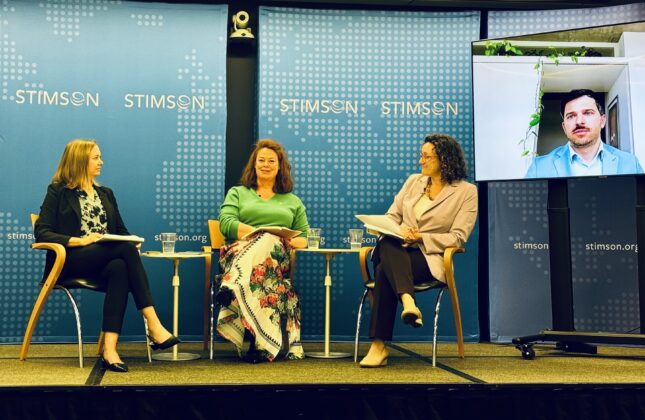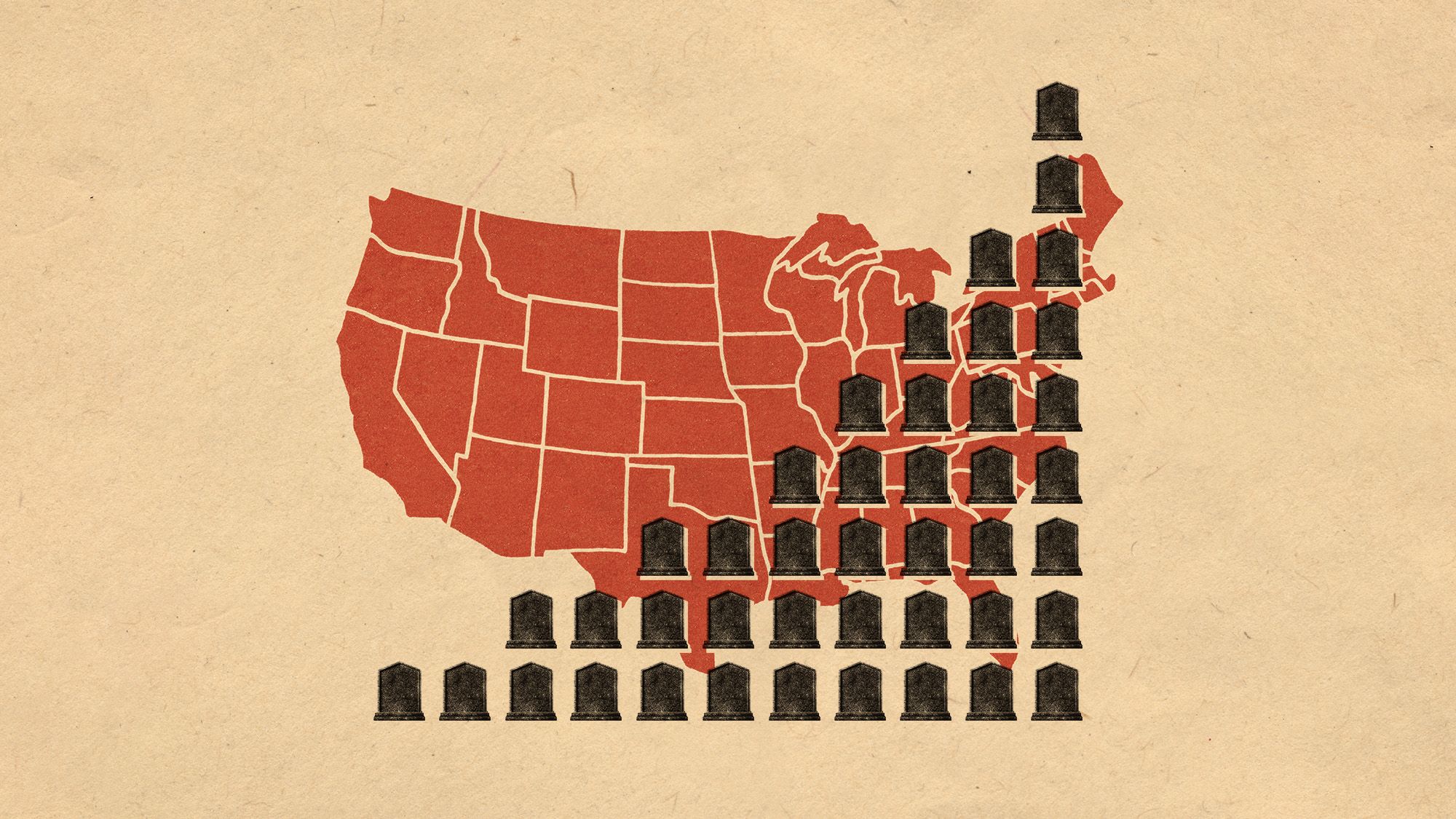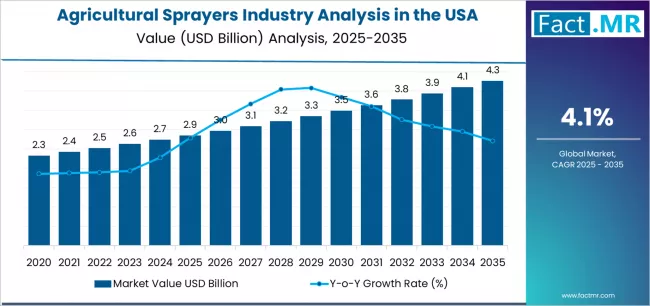California’s $20 Fast-Food Minimum Wage Costs Jobs – City Journal

Analysis of California’s Minimum Wage Legislation and its Impact on Sustainable Development Goals
Introduction: Policy Context and Objectives
In April 2024, the state of California enacted legislation establishing a $20 minimum wage for employees of large fast-food chains. This policy initiative, which significantly exceeds the state’s broader $16.50 minimum wage, can be analyzed as a direct attempt to advance specific United Nations Sustainable Development Goals (SDGs), particularly those related to poverty and decent work.
- Policy: A targeted $20 minimum wage for the fast-food sector.
- Primary Goal Alignment: The policy aims to increase the earnings of low-wage workers, directly addressing SDG 1 (No Poverty) and SDG 8 (Decent Work and Economic Growth).
Assessment of Impacts on SDG 8: Decent Work and Economic Growth
A recent academic study provides critical data on the initial outcomes of the wage increase, revealing a complex trade-off between the core targets of SDG 8, which calls for both decent work and sustained economic growth through full and productive employment.
Key Findings from Economic Analysis
- Progress on Decent Pay (SDG 8): The study found that the policy successfully boosted wages for fast-food workers by approximately 8%. This increase contributes directly to the “decent pay” component of decent work.
- Setback for Full Employment (SDG 8): The wage increase was accompanied by a 3% reduction in employment in the sector. This translates to an estimated loss of 18,000 jobs, a direct contradiction to the SDG 8 target of achieving full and productive employment for all.
- Economic Trade-offs: The analysis indicates that between 29% and 49% of the total financial gains from higher wages were offset by the economic cost of these job losses.
- Impacts on Work Quality: Beyond employment numbers, there is evidence that employers may adjust to higher labor costs in ways that affect the quality of work, such as reducing scheduling flexibility. This undermines the broader definition of “decent work” under SDG 8.
Implications for SDG 1 (No Poverty) and SDG 10 (Reduced Inequalities)
While intended to combat poverty and reduce inequality, the policy’s outcomes present a mixed impact on these goals.
- Advancement for the Employed: For workers who retained their jobs, the higher wages represent a tangible step toward alleviating in-work poverty (SDG 1) and reducing income inequality (SDG 10).
- Adverse Effects for the Unemployed: The loss of 18,000 jobs creates a new challenge, potentially moving a vulnerable segment of the population from low-wage employment into unemployment. This outcome can exacerbate poverty and inequality for those affected, creating significant social and psychological costs that run counter to the spirit of the SDGs.
Policy Pathways and SDG 17: Partnerships for the Goals
The California case study underscores the challenges of implementing one-size-fits-all wage policies and highlights the value of localized, experimental approaches in achieving sustainable development.
- Federalism as a Model for SDG 17: A federalist approach, where states and localities set wage policies based on local economic conditions, functions as a form of multi-level partnership (SDG 17).
- Benefits of a Decentralized Approach:
- Allows high-cost regions to set ambitious wage floors without negatively impacting different economic environments.
- Enables jurisdictions to serve as policy laboratories, generating crucial data on what works.
- Fosters a system where diverse communities can chart their own course toward the SDGs, sharing lessons and promoting effective, context-specific governance.
SDGs Addressed in the Article
- SDG 1: No Poverty
- SDG 8: Decent Work and Economic Growth
- SDG 10: Reduced Inequalities
- SDG 16: Peace, Justice and Strong Institutions
Specific SDG Targets Identified
-
SDG 8: Decent Work and Economic Growth
- Target 8.5: By 2030, achieve full and productive employment and decent work for all women and men… and equal pay for work of equal value.
The article directly discusses the core components of this target. It focuses on the implementation of a “$20 minimum wage” for fast-food workers, which is a policy aimed at providing “decent work” through higher pay. However, it also highlights the trade-off with “full and productive employment” by citing a study that found the policy “reduced fast-food employment in California by roughly 3 percent, or 18,000 jobs.” - Target 8.3: Promote development-oriented policies that support productive activities, decent job creation…
The article analyzes a specific “development-oriented policy”—the minimum wage hike. It evaluates the policy’s impact on job creation, noting that while it boosted wages, it also led to job losses, which is contrary to the goal of supporting “decent job creation.” The debate presented in the text is centered on whether the benefits of the policy outweigh the costs in terms of employment.
- Target 8.5: By 2030, achieve full and productive employment and decent work for all women and men… and equal pay for work of equal value.
-
SDG 10: Reduced Inequalities
- Target 10.4: Adopt policies, especially fiscal, wage and social protection policies, and progressively achieve greater equality.
The entire article is an analysis of a “wage policy” (California’s minimum wage law). This policy is explicitly designed to address income inequality by raising the floor for the lowest-paid workers. The article notes the “remarkable public support for even the largest minimum-wage hikes,” suggesting a societal desire to use such policies to achieve greater equality.
- Target 10.4: Adopt policies, especially fiscal, wage and social protection policies, and progressively achieve greater equality.
-
SDG 1: No Poverty
- Target 1.2: By 2030, reduce at least by half the proportion of men, women and children of all ages living in poverty in all its dimensions according to national definitions.
While the article does not use the word “poverty,” minimum wage policies like the “Fight for $15” and California’s $20 wage are fundamental tools intended to lift low-wage workers above the poverty line. The discussion of raising wages for workers at the bottom of the pay scale is intrinsically linked to poverty reduction efforts.
- Target 1.2: By 2030, reduce at least by half the proportion of men, women and children of all ages living in poverty in all its dimensions according to national definitions.
-
SDG 16: Peace, Justice and Strong Institutions
- Target 16.6: Develop effective, accountable and transparent institutions at all levels.
The article concludes by advocating for a “federalist approach” where states and localities set their own minimum wages. This relates to developing effective institutions at different levels of government. The author suggests that allowing “progressive jurisdictions” and “business-friendly states” to chart their own courses is a more pragmatic and effective institutional approach than a single national policy, allowing different political communities to learn from each other’s experiments.
- Target 16.6: Develop effective, accountable and transparent institutions at all levels.
Indicators for Measuring Progress
-
Indicators for SDG 8 (Decent Work and Economic Growth)
- Average hourly earnings: The article explicitly states that the wage hike “boosted wages for fast-food workers by about 8 percent.” The new wage of “$20” and the previous state minimum of “$16” are specific monetary values that serve as direct indicators for wage levels (related to Indicator 8.5.1).
- Employment level/rate: The article provides a direct indicator of employment impact by stating the policy “reduced fast-food employment in California by roughly 3 percent, or 18,000 jobs.” This quantifies the change in employment, which is a key metric for measuring progress towards full employment (related to Indicator 8.5.2).
- Ratio of wage gains to job losses: The article implies a specific metric for evaluating policy trade-offs by citing a study that estimates “29 percent to 49 percent of wage gains were offset by job losses.” This ratio serves as an indicator to assess the net benefit of the wage policy.
-
Indicators for SDG 10 (Reduced Inequalities)
- Minimum wage level relative to national/average wages: The article provides several data points that act as indicators of wage policy: the federal minimum wage ($7.25), California’s broader minimum wage ($16.50), and the new fast-food minimum wage ($20). The comparison between these levels indicates the aggressiveness of the policy in addressing low wages. The article also notes that “about 40 percent of U.S. jobs pay less than” $20, providing a measure of the wage distribution.
Summary Table of SDGs, Targets, and Indicators
| SDGs | Targets | Indicators Identified in the Article |
|---|---|---|
| SDG 8: Decent Work and Economic Growth | Target 8.5: Achieve full and productive employment and decent work for all. |
|
| SDG 10: Reduced Inequalities | Target 10.4: Adopt policies, especially… wage… policies, and progressively achieve greater equality. |
|
| SDG 1: No Poverty | Target 1.2: Reduce… poverty… according to national definitions. |
|
| SDG 16: Peace, Justice and Strong Institutions | Target 16.6: Develop effective, accountable and transparent institutions at all levels. |
|
Source: city-journal.org

What is Your Reaction?
 Like
0
Like
0
 Dislike
0
Dislike
0
 Love
0
Love
0
 Funny
0
Funny
0
 Angry
0
Angry
0
 Sad
0
Sad
0
 Wow
0
Wow
0







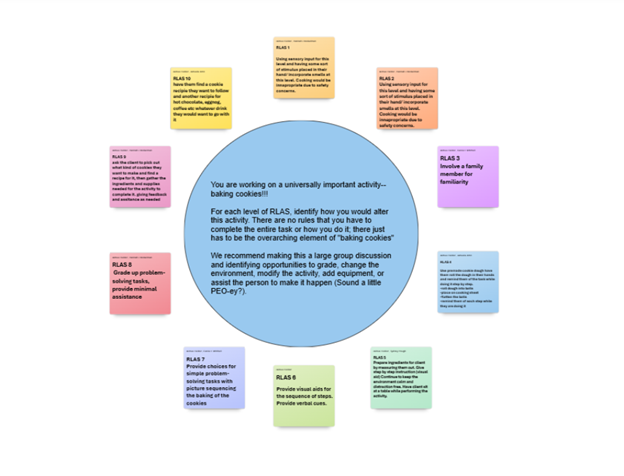
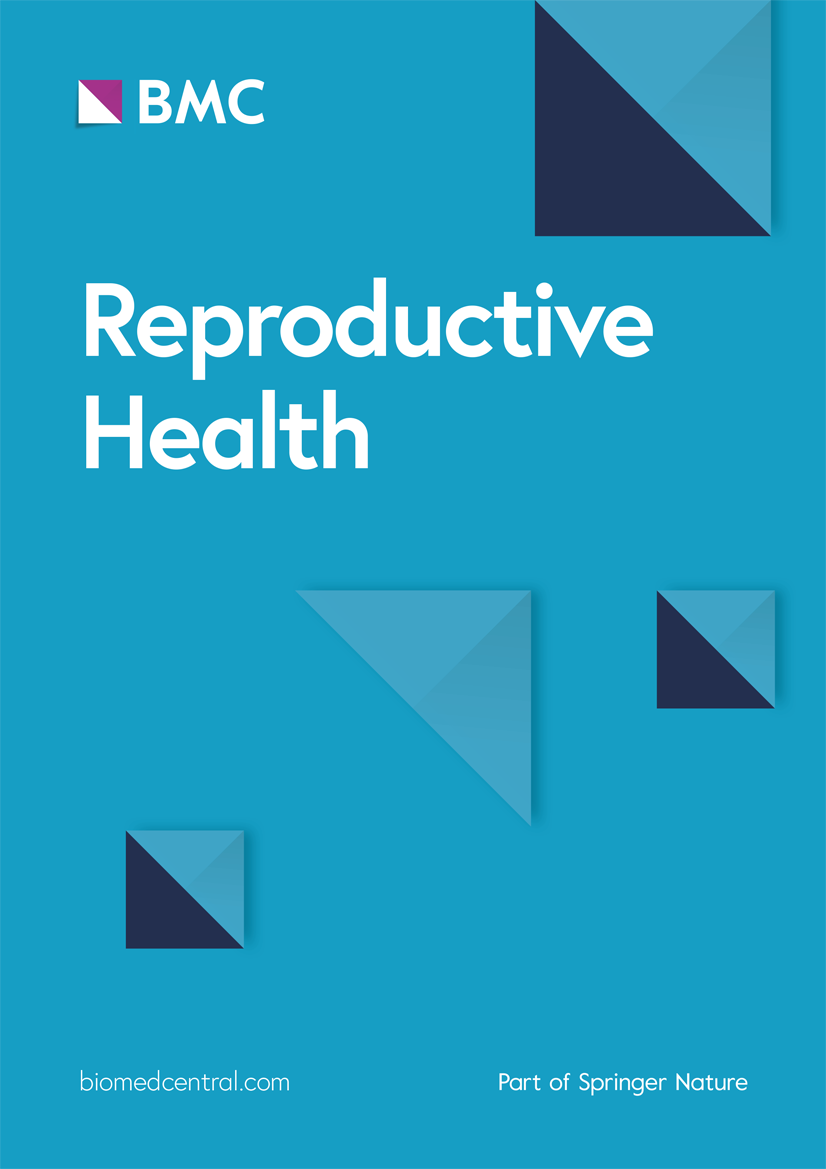


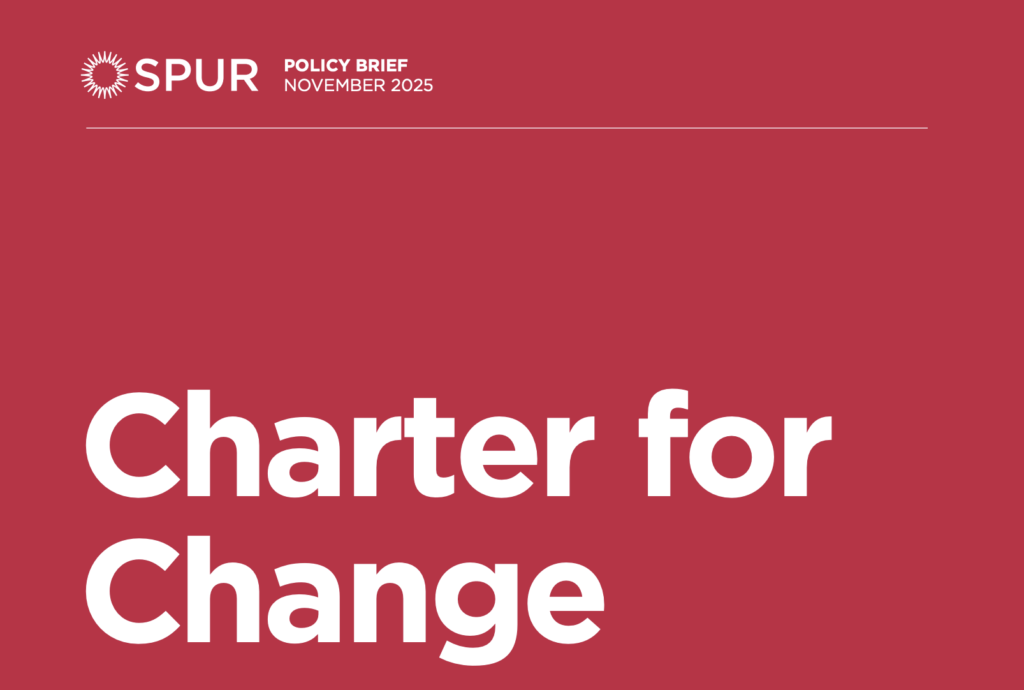
















.jpg?#)








